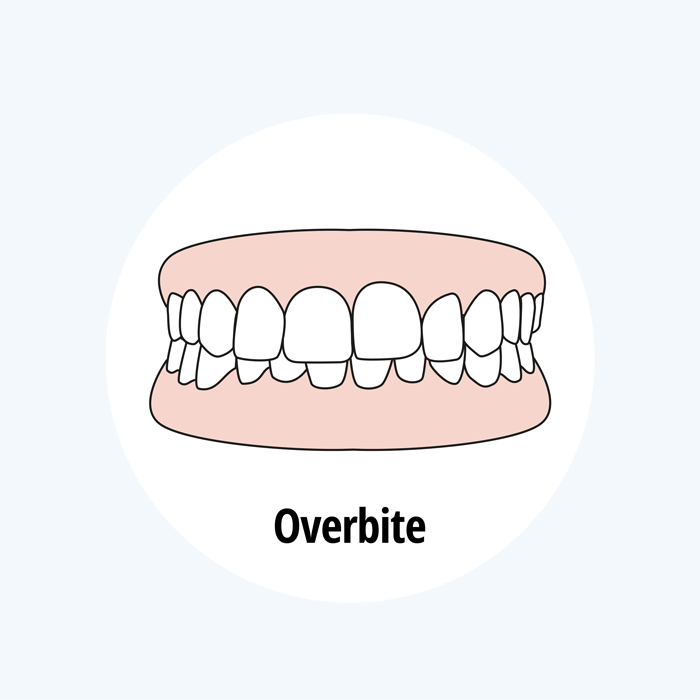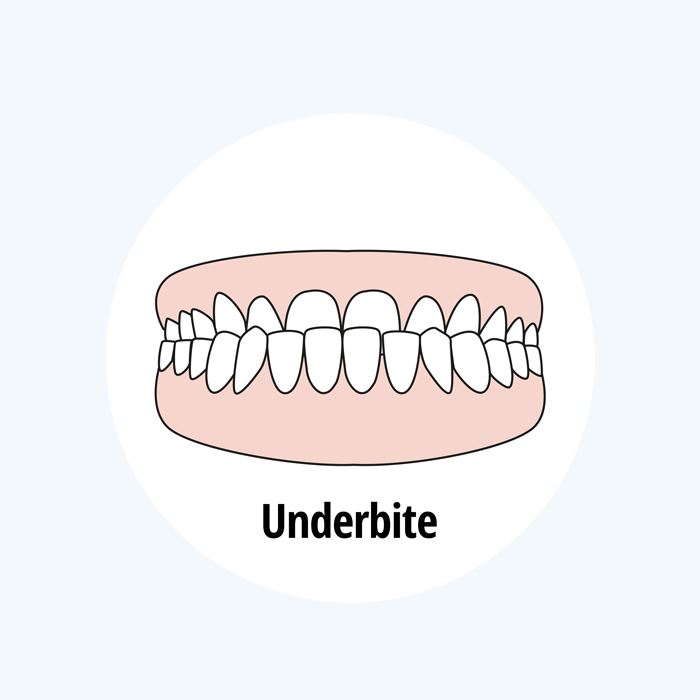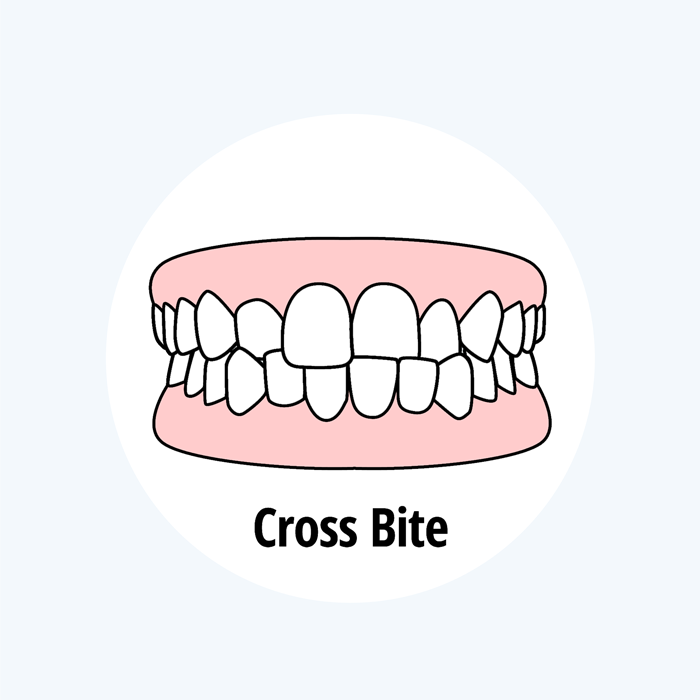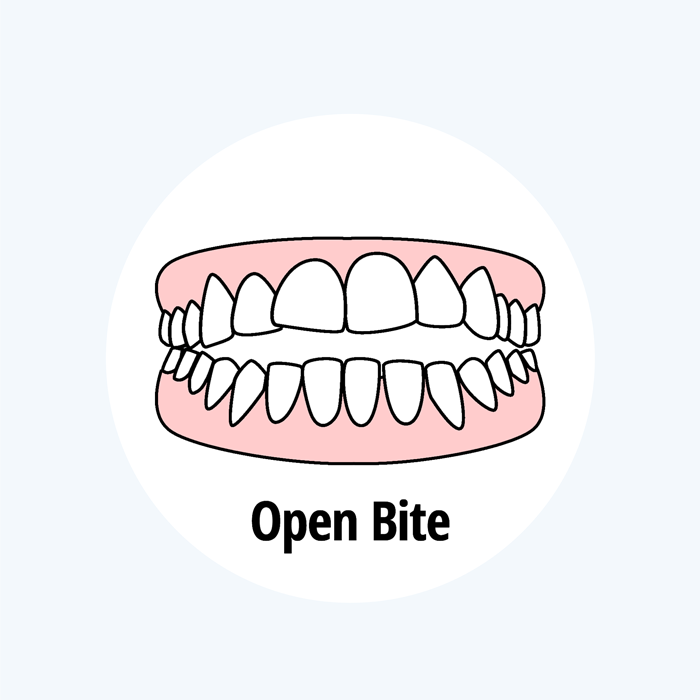
Every parent wants the best for their children and that should extend to the health and function of their child’s smiles. Braces are almost a rite of passage for adolescents but is there a way parents can tell that their child may be headed to the orthodontist? As a parent, will you be able to tell if your child may need braces? Dr. Robert Gire of Gire Orthodontics offers his insight.
“The best way to know for sure if your child could benefit from orthodontic treatment is through a consultation with an orthodontist,” says Dr. Gire. “However, there are some signs that could indicate that braces may be in your child’s near future.”
Sings that your child may need braces
How do you know if your kid needs braces?

We do often have parents ask if there are signs they should look for that could point to the need for our intervention” says Dr. Gire. So what should you as a parent look out for? The following is a short list of the most common problems we see at the complimentary consultations.
Losing baby teeth too early, too late, or in an irregular pattern
Pay attention to how your child’s baby teeth are falling out. Baby teeth typically begin to fall out around the age of six, and by the age of 12, all of the baby teeth should be gone. While every child is different and will have their own unique schedule, if your child strays too far from the average, it could indicate teeth development issues that may require orthodontic treatment. Your regular dentist can help with determining what’s irregular or not.
An abnormal bite – teeth do not meet at all or meet irregularly
Do your child’s teeth meet correctly? Some of the most common bite and jaw issues include:
Underbites, where the lower teeth are in front of the upper teeth, rather than the upper teeth overlapping the bottom teeth.
Crossbites, where the upper teeth don’t fit inside of the lower teeth when biting down. This includes the front and back teeth.
Open bites, where only a few of the upper and lower back teeth touch. When only the back teeth touch when biting down, that is classified as an anterior open bite. When only the front teeth touch when biting down and the back teeth aren’t touching, this is classified as a posterior open bite. Open bites can be on one side or both sides.
Teeth are designed to come together a certain way. If they don’t and that condition is left that way for prolonged periods of time, we can see undesirable wear, fractures, or even loss of teeth.
Teeth that are crowded or misplaced
If your child’s teeth are crooked, irregular, or severely crowded, it may be a sign that they could benefit from braces. Upper and lower severe crowding, especially when it causes overlapping of teeth, may indicate that the jaws are too narrow. If there’s not enough room, we can easily create more room early on. The longer people wait, the higher the incidence of the need to extract adult teeth.

Sucking the thumb or fingers, especially past the age of two
Some childhood habits, such as thumb sucking or pacifier use, that extend too long can cause oral development issues. If these habits go on past the age of four, they may cause issues with proper development and tooth alignment. Mouth breathing can also affect the jaws and teeth. Prolonged habits can have severe consequences toskeletal and jaw growth.
Problems with chewing or biting
Watch how your child eats. Some orthodontic issues can cause problems with proper chewing and biting. Digestive issues due to incomplete chewing is certainly a concern. Biting tongues and cheeks can also indicate that there is an issue.
Biting the roof of the mouth
This is usually due to a severe overbite or deep-bite. Left for too long, we generally see the gums by the palate get irritated and in some cases stripping off the gum tissue from the back side of the upper teeth.
Mouth breathing

This is currently a hot topic in the orthodontic world (check out: Orthodontic consequences of mouth-breathing). In some cases, early expansion can alleviate a lot of issues in the future.
Jaw problems
The following Ja issues can indicate that your child may need braces:
- Shifting jaws. This could be due to a premature contact between upper and lower teeth. This is easily resolved with just braces.
- Jaws that are protruded or receded. If one jaw is too far forward or too far back compared to the other, early intervention is a must.
- Jaws that make sounds. This could be due to an improper bite leading to an imbalance.
If your child has discrepancies in jaw growth that have resulted in a malocclusion the orthodontist can work to guide the growth of the jaw to allow for any remaining permanent teeth to erupt properly. This can make the next phase of treatment more efficient and effective.
Importance of visiting an orthodontist at age 7
“Children should have their first orthodontic consultation around the age of seven,” says Dr. Gire. “This is the ideal time because most children will have a mix of baby and permanent teeth in their mouths at this time. This allows us the opportunity to see how the smile is growing and affords us the advantage of working with a jaw that is still growing.” However, if you notice any of the above signs you don’t have to wait until that age. Especially to help curb bad habits such as thumbsucking or tongue thrusting, we can intervene before a more severe problem begins.
If you have noticed any of the above issues in your child and they are currently around the age of seven, or even older, schedule a visit with a children orthodontist to determine if orthodontic treatment may be in their future. Orthodontic treatment can create a straighter, healthier smile and properly functioning bite for your child. Your orthodontist will work with your child to determine if treatment is needed, and if so when the best time to begin treatment. Starting treatment at the right time can ensure stable and long-lasting results.
The only way to be sure your child needs orthodontic treatment is to visit a trained orthodontist
Call Gire Orthodontics today at 562-690-1199 (La Habra) or 909-393-9911 (Chino Hills) to schedule your complimentary consultation.






No Comments